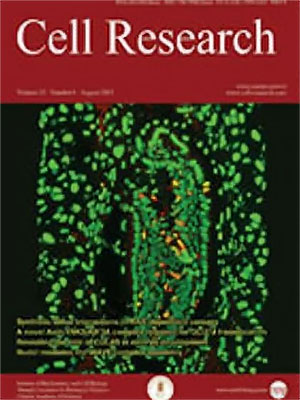
Volume 14, No 3, Jun 2004
ISSN: 1001-0602
EISSN: 1748-7838 2018
impact factor 17.848*
(Clarivate Analytics, 2019)
Volume 14 Issue 3, June 2004: 179-187
REVIEWS
Answering a century old riddle: brachydactyly type A1
Bo Gao2,3, Lin He1,2
1Institute for Nutritional Sciences, Shanghai Institutes for Biological Sciences, Chinese Academy of Sciences, Shanghai 200031, China.
2Neuropsychiatric and Human Genetics Group, Bio-X Life Science Research Center, Shanghai Jiaotong University, Shanghai 200030, China.
3Department of Biochemistry, Faculty of Medicine, The University of Hong Kong, Hong Kong, China.
Correspondence: Lin HE(helin@nhgg.org )
In 1903, Farabee analyzed the heredity of the human digital malformation, brachydactyly, the first recorded disorder of the autosomal dominant Mendelian trait. In 1951, Bell classified this type of brachydactyly as type A1 (BDA1). Over 100 cases from different ethnic groups have so far been reported. However, the real breakthrough in identifying the cause of BDA1 has only taken place in the last few years with the progress of the mapping and identification of one of the genes responsible for this disorder, thus providing an answer for a century old riddle. In this article, we attempt to review the current state of knowledge on the genetic features of BDA1 with its century-old history and signalling pathway of IHH, and also discuss genotype-phenotype correlation not only of BDA1, but also of all types of brachydactyly.
FULL TEXT | PDF
Browse 1904


